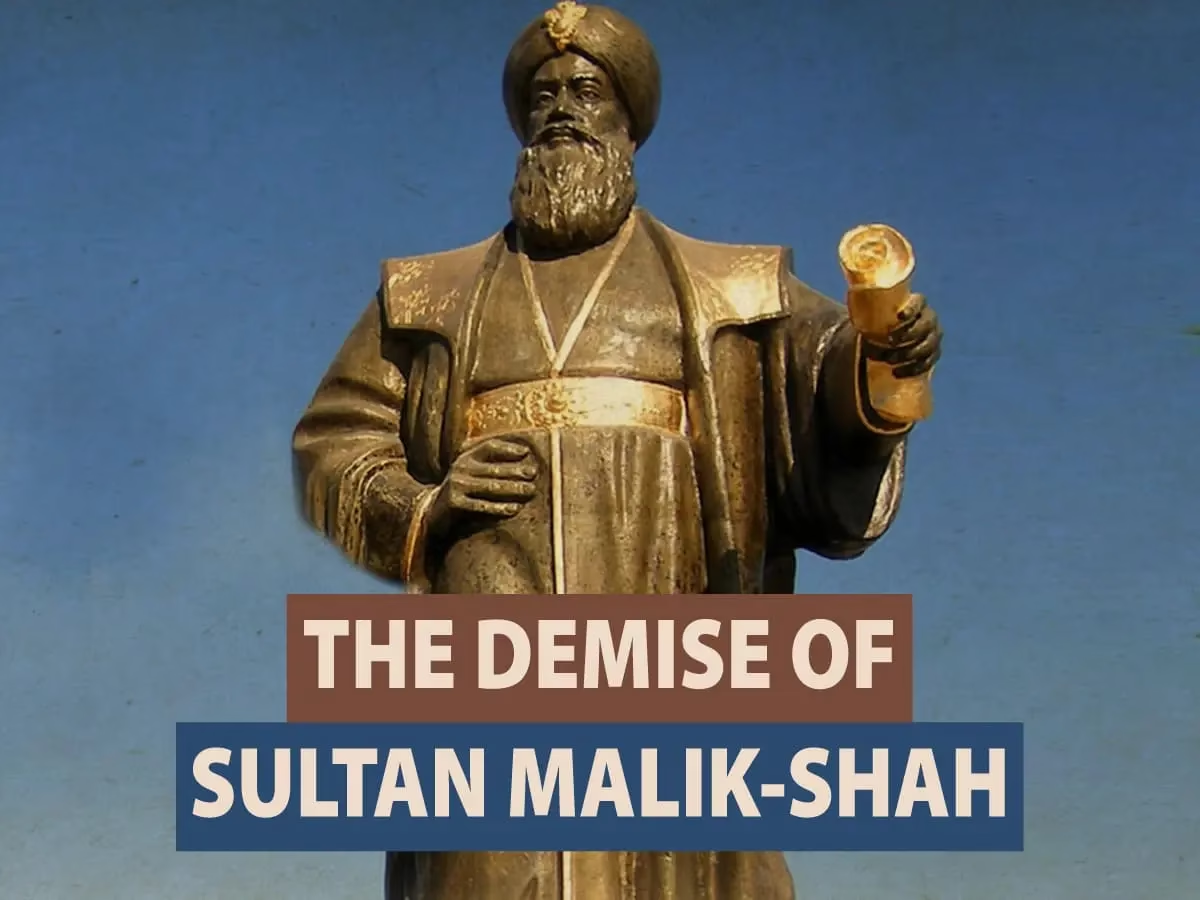The Battle of Manzikert, fought on August 26, 1071, stands as one of the most significant military conflicts in medieval history. This pivotal clash between the Byzantine Empire and the Seljuk Turks, under the command of Sultan Alp Arslan, not only reshaped the political landscape of Anatolia but also marked the decline of Byzantine power and the rise of Turkish influence in the region. With long-lasting consequences for the medieval Islamic world and the Byzantine Empire, this battle is often regarded as a major milestone in world history.
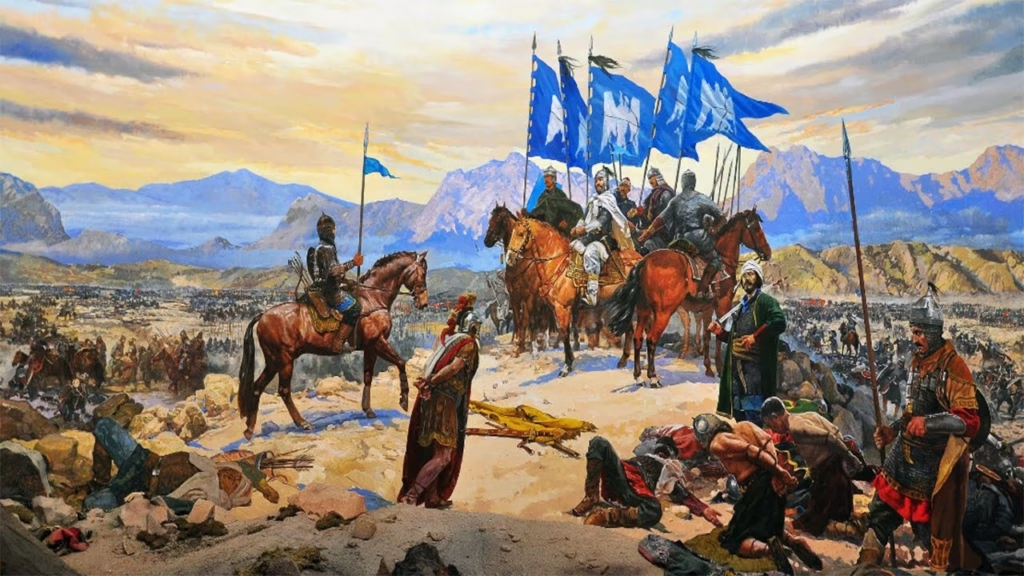
The Road to Manzikert
Background of the Byzantine Empire
By the mid-11th century, the Byzantine Empire was struggling to maintain its once-glorious dominion. Internal political instability, military inefficiency, and constant threats from external enemies had weakened its foundation. Despite holding vast territories in Anatolia and the Balkans, the empire was finding it increasingly difficult to defend its borders.
Rise of the Seljuk Turks
Meanwhile, the Seljuk Turks had emerged as a formidable power in the Islamic world. Under the leadership of Sultan Alp Arslan, the Seljuks had expanded their territory significantly, consolidating their control over Persia, Mesopotamia, and parts of the Levant. Their incursions into Byzantine-controlled Anatolia were a direct challenge to Byzantine authority, setting the stage for a major confrontation.
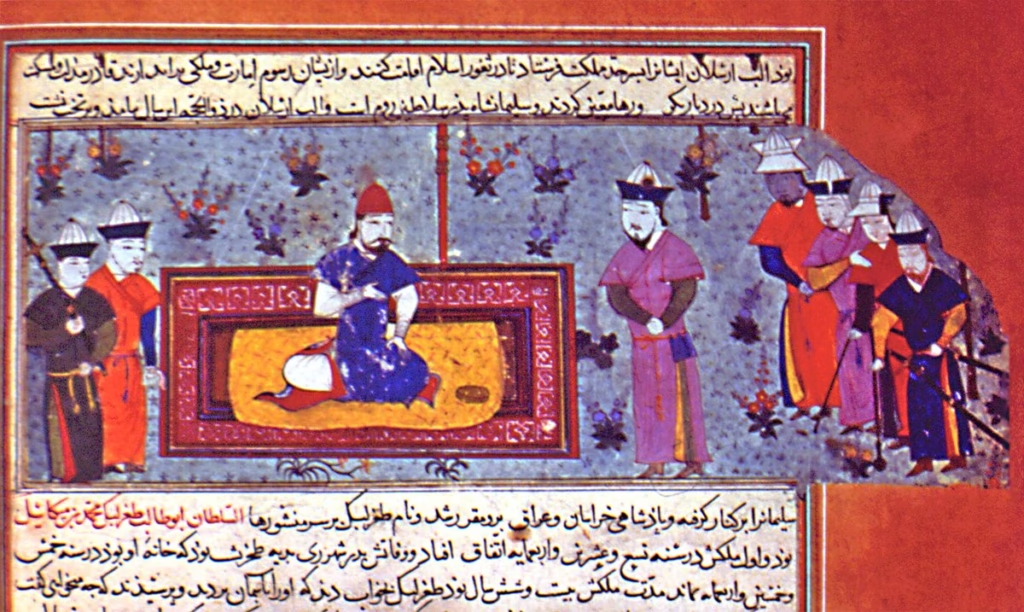
Strategic Importance of Anatolia
For both the Byzantine Empire and the Seljuk Turks, Anatolia held immense strategic and economic value. For the Byzantines, it served as a heartland and a critical buffer against Islamic powers. For the Seljuks, gaining control of Anatolia would secure access to new resources and strengthen their position in the region.
See Also: Sultan Alp Arslan: Heroic Lion of the Great Seljuk Empire
Prelude to the Battle
Emperor Romanos IV’s Campaign
In 1071, Byzantine Emperor Romanos IV Diogenes launched a massive campaign to reclaim control over eastern Anatolia and push back the advancing Seljuk forces. With an army of approximately 40,000 to 70,000 soldiers, including mercenaries, local militia, and Varangian guards, he marched eastward to confront Sultan Alp Arslan.
Alp Arslan’s Tactical Approach
Sultan Alp Arslan, leading a smaller force of about 20,000 to 30,000 troops, adopted a strategic defensive approach. Recognizing his numerical disadvantage, he relied on his army’s mobility, discipline, and superior use of mounted archers. His aim was not only to defend his territories but also to exploit any weaknesses in the Byzantine ranks.
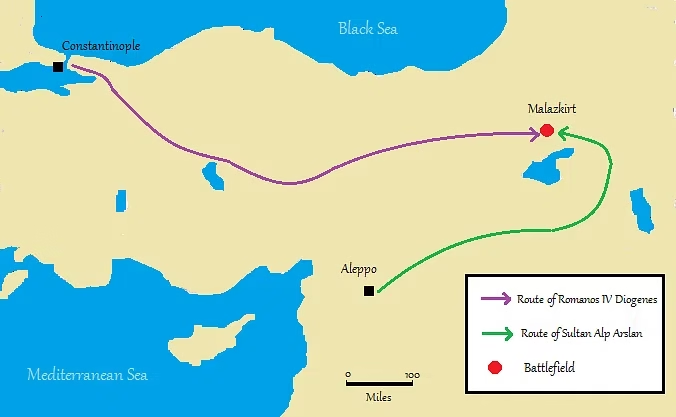
The Battle of Manzikert
Clash of Armies
The battle unfolded near the town of Manzikert (modern-day Malazgirt in Turkey) in August 1071. The Byzantine army, divided into multiple divisions, faced logistical challenges and internal divisions. Emperor Romanos IV attempted to force a decisive engagement with the Seljuks, but Alp Arslan’s forces skillfully evaded direct confrontation, using hit-and-run tactics to exhaust the Byzantines.
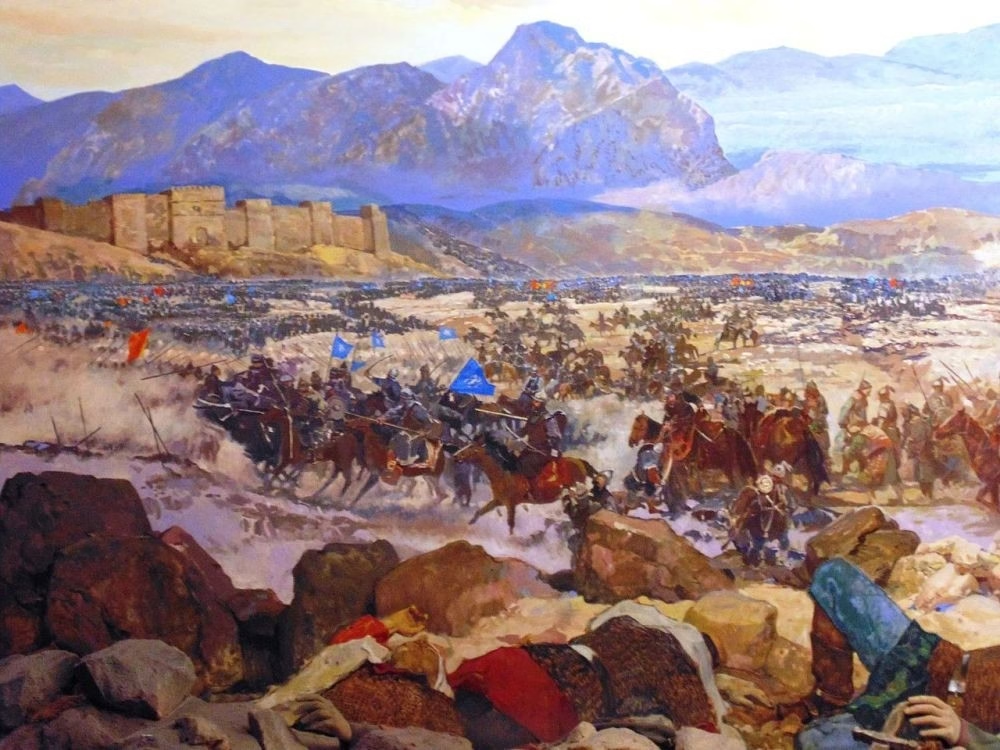
Tactical Brilliance of Alp Arslan
Alp Arslan’s use of feigned retreats was a masterstroke. His cavalry lured sections of the Byzantine army into overextending their positions, creating openings for counterattacks. The Seljuk archers rained arrows on the disorganized Byzantine troops, further disrupting their formation.
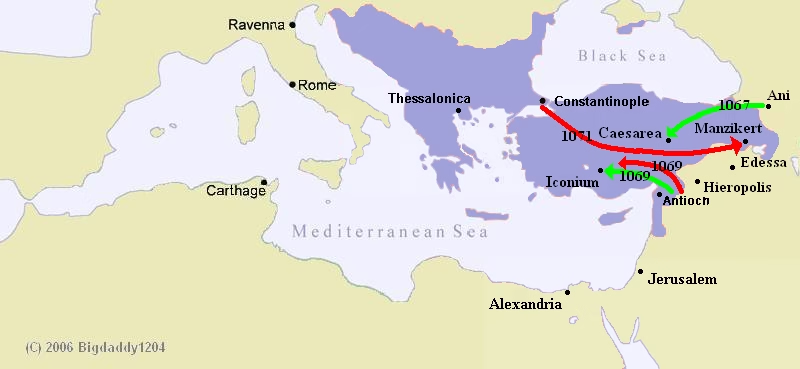
Byzantine Disarray
As the day wore on, the Byzantine army began to falter. Communication breakdowns and conflicting commands sowed chaos within the ranks. A critical moment occurred when one of the Byzantine divisions, led by the treacherous general Andronikos Doukas, abandoned the battlefield, leaving Romanos IV vulnerable.
The Turning Point
The Capture of Romanos IV
In the final stages of the battle, Alp Arslan launched a full-scale assault, overwhelming the remaining Byzantine forces. Emperor Romanos IV was captured alive—a shocking and humiliating event for the Byzantine Empire. Alp Arslan treated the captured emperor with respect, reportedly asking
“What would you do if I were brought before you as a prisoner?”
Romanos replied, “Perhaps kill or exhibit you.”
Alp Arslan, however, spared his life and negotiated a peace treaty.
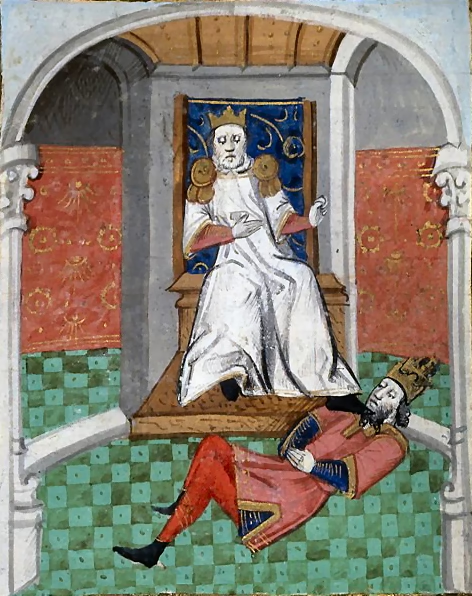
Aftermath and Consequences
The Treaty and Ransom
Romanos IV was released in exchange for a hefty ransom and a promise to cede key territories in eastern Anatolia. Although Romanos attempted to honor the treaty, his defeat led to his political downfall. Upon returning to Constantinople, he was overthrown, blinded, and eventually killed by his rivals.
Rise of Turkish Power in Anatolia
The Battle of Manzikert marked the beginning of Turkish dominance in Anatolia. The weakened Byzantine Empire could no longer maintain its hold over the region, paving the way for the migration of Turkish tribes. Within a few decades, the Seljuks established the Sultanate of Rum, laying the foundation for what would later become the Ottoman Empire.
Long-Term Impact on the Byzantine Empire
The defeat at Manzikert dealt a severe blow to Byzantine morale and prestige. The empire’s inability to recover fully from this loss contributed to its gradual decline. Internal strife and external pressures further eroded its power, ultimately leading to the fall of Constantinople in 1453.
See Also: Seljuk Dynasty Family Tree: Great Seljuk Empire
Legacy of the Battle
A Turning Point in History
The Battle of Manzikert is often regarded as one of the most significant turning points in medieval history. It altered the balance of power in the region, reshaped the map of the Middle East, and signaled the decline of Byzantine dominance.
Sultan Alp Arslan’s Legacy
For Sultan Alp Arslan, Manzikert cemented his reputation as a brilliant military commander and a visionary leader. His victory not only expanded Seljuk influence but also strengthened the unity of the Islamic world. Alp Arslan’s tactical genius and diplomatic acumen are remembered as key factors in the Seljuk Empire’s success.
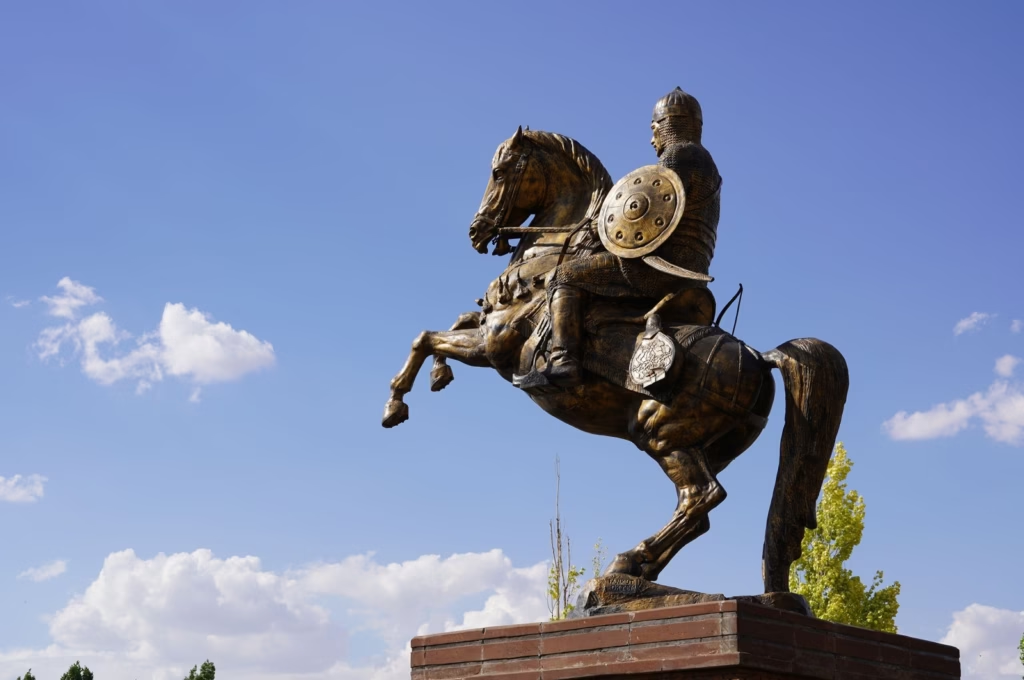
Lessons from Manzikert
The battle serves as a classic example of the importance of strategy, leadership, and adaptability in warfare. It highlights how smaller, disciplined forces can triumph over numerically superior armies through tactical ingenuity and effective use of terrain.
Conclusion
The Battle of Manzikert was far more than a clash between two armies; it was a defining moment in the history of the medieval world. The outcome reshaped the destinies of both the Byzantine Empire and the Seljuk Turks, leaving an enduring legacy that continues to be studied and remembered. As a testament to Sultan Alp Arslan’s leadership and the resilience of the Seljuk forces, Manzikert remains a symbol of determination and strategic brilliance in the face of adversity.

